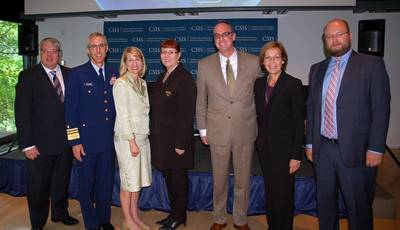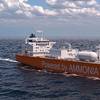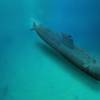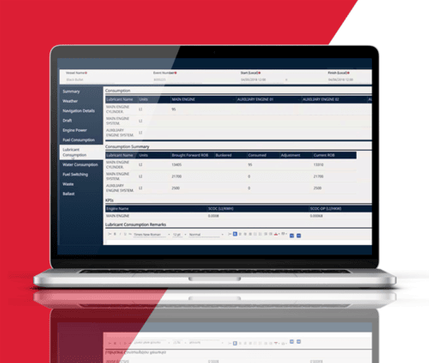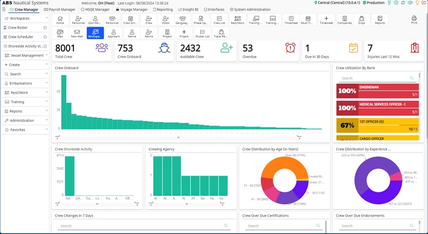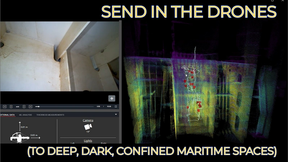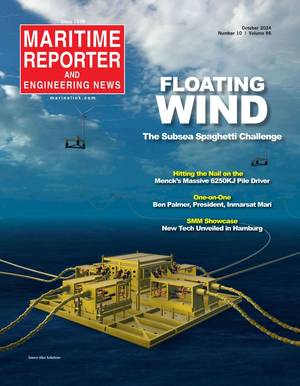Commissioner Doyle Speaks at CSIS Arctic Maritime Awareness Seminar
Federal Maritime Commissioner William P. Doyle addressed attendees of the Center For Strategic and International Studies (CSIS) Arctic Maritime Awareness seminar on September 27, 2013. The seminar, held at the Finnish Embassy in Washington, DC, was attended by representatives with Arctic interests and featured the Finnish Ambassador to the United States, the Finnish Minister of Transport, the General Director of the Finnish Transport Agency, the head of the Economic Section for the Russian Embassy and the U.S. Coast Guard’s Deputy Commandant for Operations.
Commissioner Doyle spoke of the FMC’s mission and noted the recent passage by Cosco’s Yong Sheng container ship from China to Europe through the Arctic, which shaved off two weeks of travel time as compared to traditional routes. The Arctic Northern Sea Route is 2,400 miles shorter than the Suez Canal route for ships traveling from East China to Rotterdam. Commissioner Doyle also discussed his experience with Arctic matters in Alaska and Canada during his time serving as a Director in the U.S. – Alaska Federal Pipeline Coordinator’s Office.
The Northern Sea Route, also known as the Northeast Passage, runs along the entire northern coast of Russia, across Siberia, before emptying into the Bering Strait and Pacific Ocean. Two German cargo ships successfully navigated across Russia's Arctic-facing northern shore from South Korea to Siberia without the help of icebreakers, in 2009. The two merchant ships belonging to Beluga Shipping Gmbh were able to make the voyage by the Northeast Passage. In 2010, a Norwegian vessel carrying iron ore to China became the first non-Russian iron ore carrier to complete the journey. In 2012, the first liquefied natural gas (LNG) tanker loaded with 134,738 cubic meters of LNG sailed from Norway to Japan through the Arctic's Northeast Passage. The ship was escorted by two Russian nuclear icebreakers. Historically it has been ice free in parts for about two months of the year, but in recent years it has become passable for longer periods of time.
In terms of energy use and finance, utilizing the Northern Sea Route substantially cuts the number of days it takes to ship goods from East Asia to Northern Europe, as well as the amount of fuel consumed in doing so, and with that a reduction in vessel emissions.
fmc.gov



